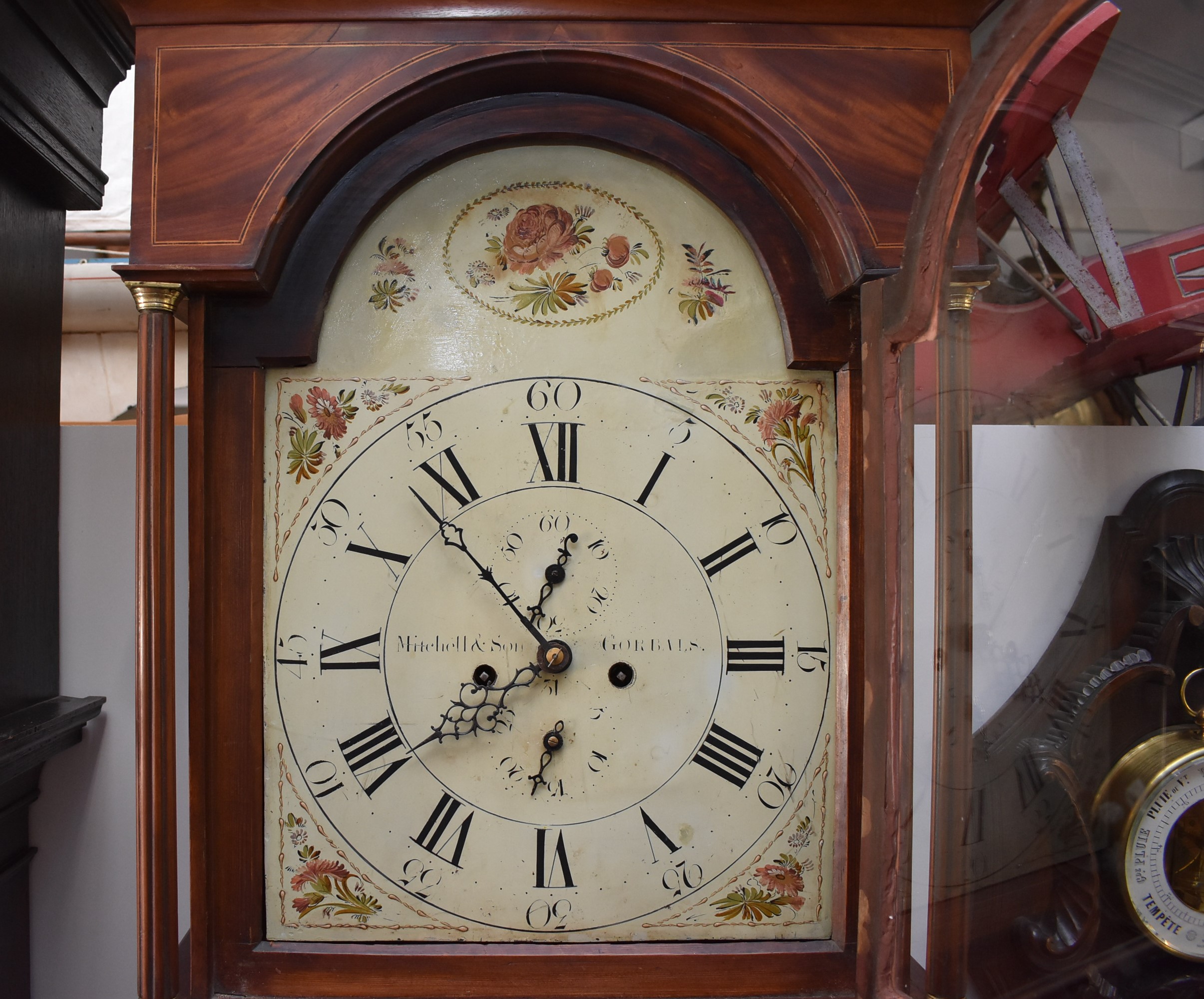The grandfather clock is one of the most recognizable types of clocks in the world, as well as one of the most popular. Even people that know next to nothing about clocks will probably recognize a grandfather clock when they see one. But have you ever wondered why it’s called a grandfather clock? Have you ever wondered who designed the first one, or why they are so popular? Anyone that is a fan of antique clocks should find the history of the grandfather clock to be fascinating and enjoy having the opportunity to learn about it.

Early Concepts
The idea of adding a pendulum to a clock to help increase accuracy predates the first attempts at building a grandfather clock by several centuries. It was noted scientist Galileo that is usually credited as the person who noticed that the swinging of a pendulum took the same amount of time whether it followed a wide arc or short arc. Realizing that this precision measurement could be used to increase the accuracy of clocks, he began to experiment with adding a pendulum to a clock, but ultimately failed to produce a functioning design. Still, he was on the right path, and it wouldn’t be much longer before someone else managed to succeed where he failed.
Around 70 years later Dutch astronomer Christian Huygens was trying to produce an astronomical clock, which as you might imagine, needed to be very accurate. He too realized that adding a pendulum to a clock was the key to increasing accuracy, and in 1656 he produced his first working prototype. Up until that point in time clocks could be off by as much as 15 minutes a day, and this was considered normal. By adding a pendulum’s motion to a clock design, he was able to reduce this to where his clock would be accurate to 1 minute in a day, which was a tremendous improvement.
Following Huygen’s success many other clockmakers began to experiment with adding a pendulum to their clocks, resulting in similar increases in accuracy. As with many other great innovations, having so many working on the same problem helped to produce a revolution in clock design, with many clockmakers finding great success with the new pendulum design. Pendulum clocks were known by many names at this point, and they went from being a new innovation to becoming a very popular and in demand clock style. But they still lacked one thing, the iconic name that everyone knows them by.
How Grandfather Clocks Got Their Name
It wasn’t until 1875 that long case clocks with pendulums came to be known as grandfather clocks. Ironically, it wasn’t a clockmaker that named this clock, it was a songwriter! Songwriter Henry Clay Work, an American was visiting England and stayed in a hotel where there was an old long case clock that had long been broken. When he inquired about the clock he was told that it belonged to the previous owners of the hotel, and that after one of them died the clock started to lose time. Eventually the clock quit working altogether, and nobody could figure out how to repair it. Inspired by this story he wrote “My Grandfather’s Clock”. The song became a major hit for him, and its widespread popularity contributed to the renaming of this type of clock.
